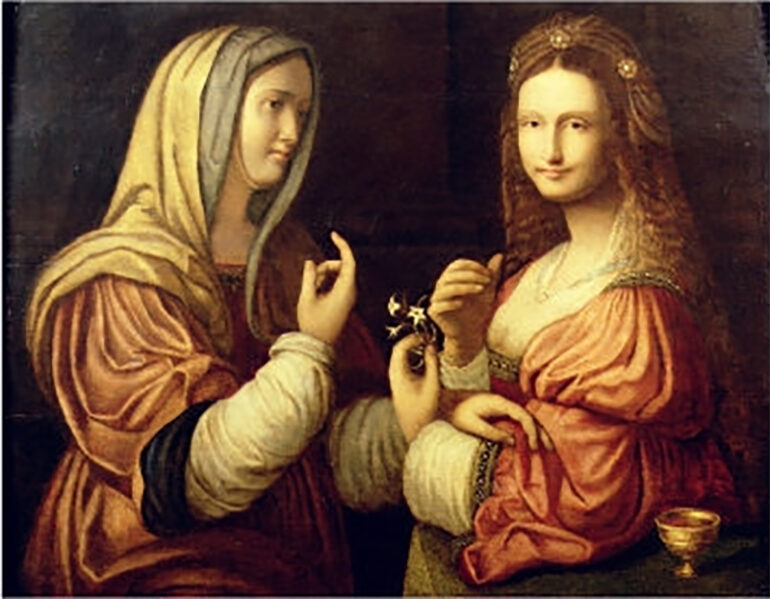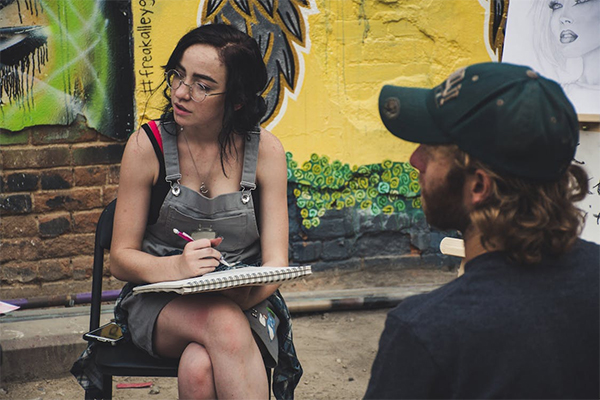A turning point that not only changed artistic expression but also the roles women played in the cultural scene was the Renaissance. Though sometimes dismissed as the margins of art history, women were powerful players whose contributions as subjects, sponsors, and artists greatly changed the creative story. This era revealed both the objectification and agency of women by exposing their intricate interaction between idealised images and the reality of their life. Examining the several roles women performed helps us to appreciate the transforming power of art and its ability to reflect and question society expectations.
Women as Subjects in Renaissance Art
Women were typically shown in Renaissance art as idealised characters who embodied grace, virtue, and beauty. Artists highlighting their significance in both public and private worlds, regularly explored themes of love, mythology, and religion using female subjects. With women portrayed as muses or allegorical beings, these representations sometimes reflected society ideas of femininity. Underneath the surface, though, these pictures also revealed the subtle power women possessed inside the creative story as well as their objectification. This duality promotes closer study of the cultural relevance of women throughout this transforming age.
Women as Patrons and Collectors of Renaissance Art
During the Renaissance, women were very important consumers and collectors, therefore changing the art scene. Rich noblewomen and members of the rising bourgeoisie commissioned works, therefore supporting artists and forming creative trends. Their donations went beyond simple financial support; many women assembled collections highlighting their taste and refinement. This participation not only improved their social standing but also disproved the belief that art belonged primarily to males. These ladies left a lasting effect on the artistic legacy of the period by investing in and supporting the arts, therefore fostering a rich cultural environment.
Women as Artists in the Renaissance
Many women defied the expectations of their day by becoming successful Renaissance artists, despite social restraints. Often addressing topics of feminism and power in their work, figures like Sofonisba Anguissola and Artemisia Gentileschi became known for their extraordinary ability and original viewpoints. Often training in their family studios or under powerful sponsors, these women negotiated a field dominated by men. Their contributions not only enhanced the artistic scene but also cleared the path for next generations of female artists by proving that, in a transforming cultural moment, imagination and talent knew no gender limits.
The Legacy of Women in Renaissance Art
Women’s efforts during the Renaissance have had a lasting impact on the art scene and shaped present and next generations of artists. Their positions as consumers, subjects, and artists not only questioned accepted wisdom but also broadened the tale of art history. This legacy emphasises the need of appreciating women’s various viewpoints and experiences—often disregarded. Modern academics and artists returning to this era keep finding the importance of female contributions, therefore promoting a more inclusive view of art that honours originality whatever of gender. This continuous learning enhances the cultural conversation around artistic expression.
A turning point in art history, the Renaissance changed the roles of women in it as well. Examining the several contributions made by women as subjects, patrons, and artists helps us to better appreciate the cultural scene of the day. Their impact questions conventional wisdom and emphasises the need of including many voices into the development of artistic expression. This respect not only pays tribute to the past but also motivates a more fair future in the arts wherever artistic expression is free from gender limitations.
Photo Attribution:
1st & featured image by https://commons.wikimedia.org/wiki/Category:Renaissance_portraits_of_women#/media/File:Bernardino_Luini_017.jpg
2nd image by https://www.pexels.com/photo/woman-sitting-on-black-chair-1353982/

